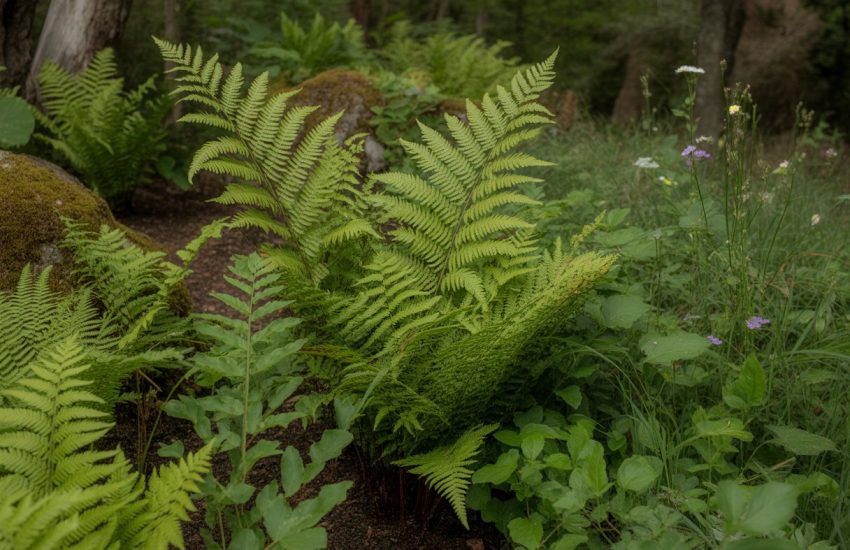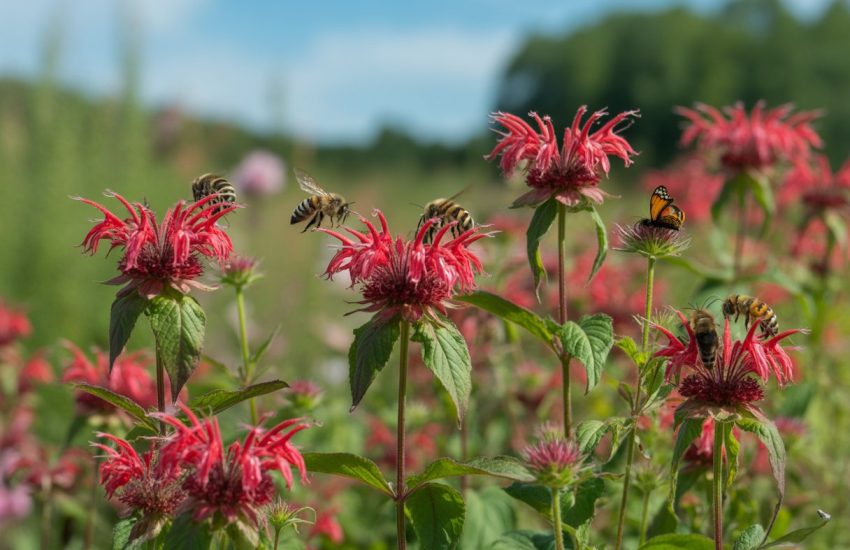Flower That Looks Like Lily: Identifying Similar Varieties
A flower that looks like a lily can be a beautiful addition to any garden or floral arrangement. These flowers often have similar characteristics to lilies, such as long and slender petals, and a trumpet-shaped center. They come in a variety of colors, including white, pink, and yellow, making them a versatile choice for any occasion.

One example of a flower that looks like a lily is the calla lily. Despite its name, the calla lily is not actually a true lily, but rather a member of the Araceae family. It is native to southern Africa and is known for its elegant and sophisticated appearance. The calla lily has a long stem and a large, trumpet-shaped flower that comes in shades of white, pink, and yellow. It is often used in wedding bouquets and other formal events due to its timeless beauty.
Another flower that resembles a lily is the daylily. As its name suggests, the daylily is a type of lily that blooms for only one day. However, it produces multiple flowers on a single stem, which can bloom over the course of several weeks. Daylilies come in a range of colors, from pale yellow to deep red, and are known for their hardiness and ability to thrive in a variety of growing conditions. They are a popular choice for gardeners looking to add color and texture to their landscape.
Identifying Lily-Like Flowers

When it comes to identifying lily-like flowers, there are certain characteristics that can help distinguish true lilies from their mimics. This section will cover the key features of both true lilies and common lily mimics.
Characteristics of True Lilies
True lilies belong to the genus Lilium and are known for their showy, trumpet-shaped flowers and tall, slender stems. Here are some characteristics that can help identify true lilies:
- Flowers have six petals and six stamens
- Leaves are long and narrow, arranged in whorls or spirals along the stem
- Bulbs are large and scaly, with fleshy roots
There are several types of true lilies, including Asiatic lilies, Oriental lilies, and Calla lilies. Each has its own unique characteristics, but all share the basic traits listed above.
Common Lily Mimics
While there are many flowers that look like lilies, not all of them are true members of the Lilium genus. Here are some common lily mimics and how to identify them:
- Daylilies: These flowers have similar trumpet-shaped blooms, but they only last for a day before wilting. They also have strap-like leaves and fibrous roots.
- Peruvian lily: Also known as Alstroemeria, these flowers have six petals like lilies, but they are arranged in a distinctive spiral pattern. They also have narrow, lance-shaped leaves.
- Lycoris squamigera: This plant is also called the resurrection lily or surprise lily because it blooms from a bulb that remains dormant underground for most of the year. Its flowers have a similar shape to lilies, but they are pink or white in color.
- Pseudo-lilies: This term is used to describe any flower that resembles a true lily but is not part of the Lilium genus. Some examples include the spider lily, rain lily, and peace lily.
By paying attention to these key characteristics, you can easily identify true lilies and their common mimics.
Cultivation and Care

Planting Bulbs and Seeds
Planting bulbs and seeds of lily-like flowers is relatively easy and can be done in the garden or in containers. It is recommended to plant bulbs in the fall, while seeds can be planted in the spring. Before planting, make sure the soil is well-drained and fertile.
When planting bulbs, dig a hole that is two to three times the size of the bulb and plant it with the pointed end facing up. Cover the bulb with soil and water it thoroughly. For seeds, plant them at a depth of 1/4 inch and cover them lightly with soil. Keep the soil moist until the seeds germinate.
Maintenance and Growth Conditions
Lily-like flowers require regular maintenance to ensure healthy growth and blooming. They prefer full sun or partial shade and well-drained soil. It is important to water them regularly, especially during dry spells.
Fertilize the plants with a balanced fertilizer once a month during the growing season. Deadhead the flowers regularly to encourage more blooms and remove any damaged or diseased foliage.
It is also important to note that some lily-like flowers can be toxic to cats, so it is best to keep them out of reach. Additionally, make sure to check the USDA hardiness zone for the specific type of flower to ensure it can survive in your area.
In conclusion, with proper care and maintenance, lily-like flowers can thrive in both garden and container settings. Remember to plant bulbs in the fall and seeds in the spring, provide adequate sunlight and water, and fertilize regularly. Keep an eye out for toxic varieties and always check the USDA hardiness zone.


